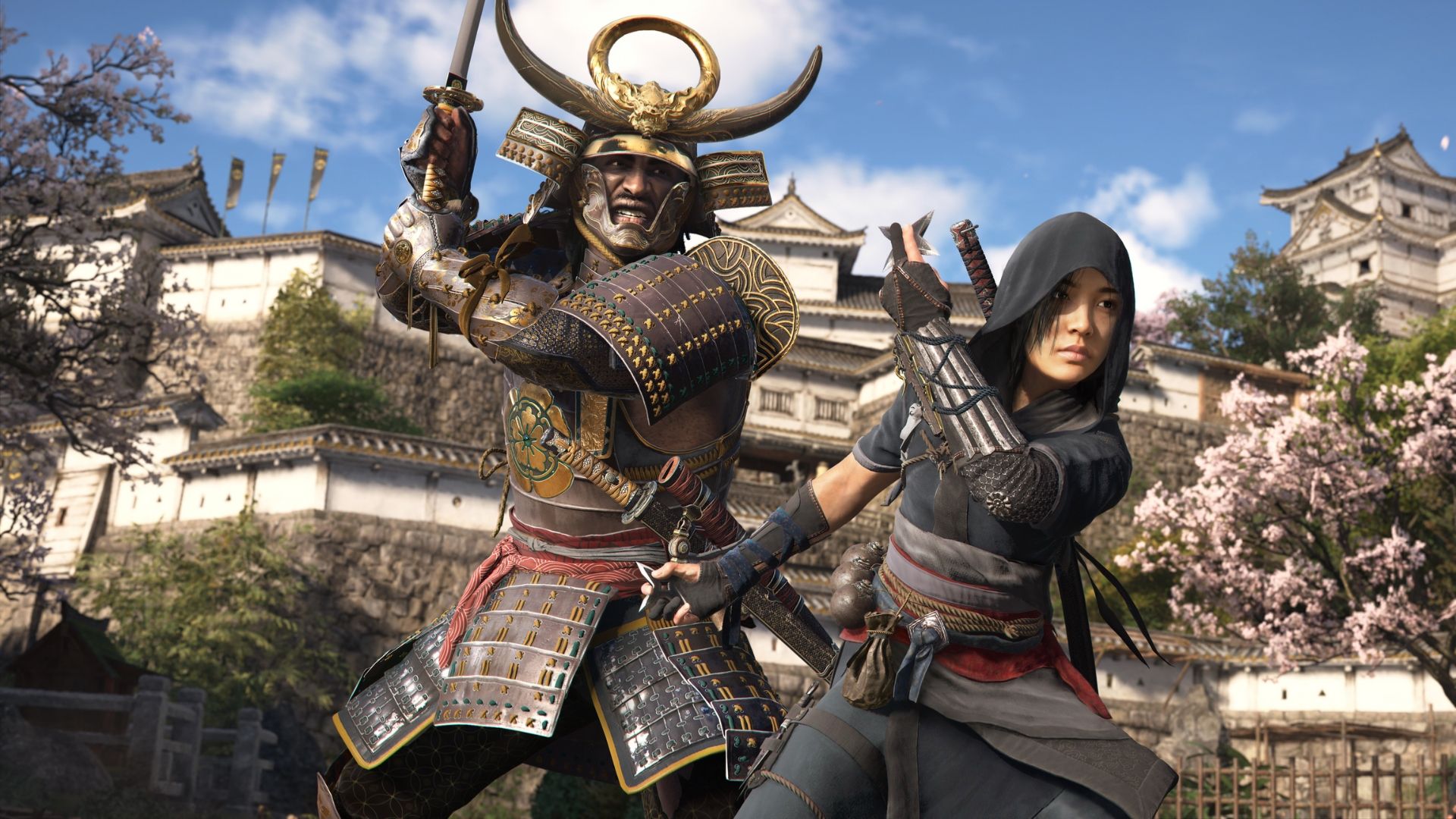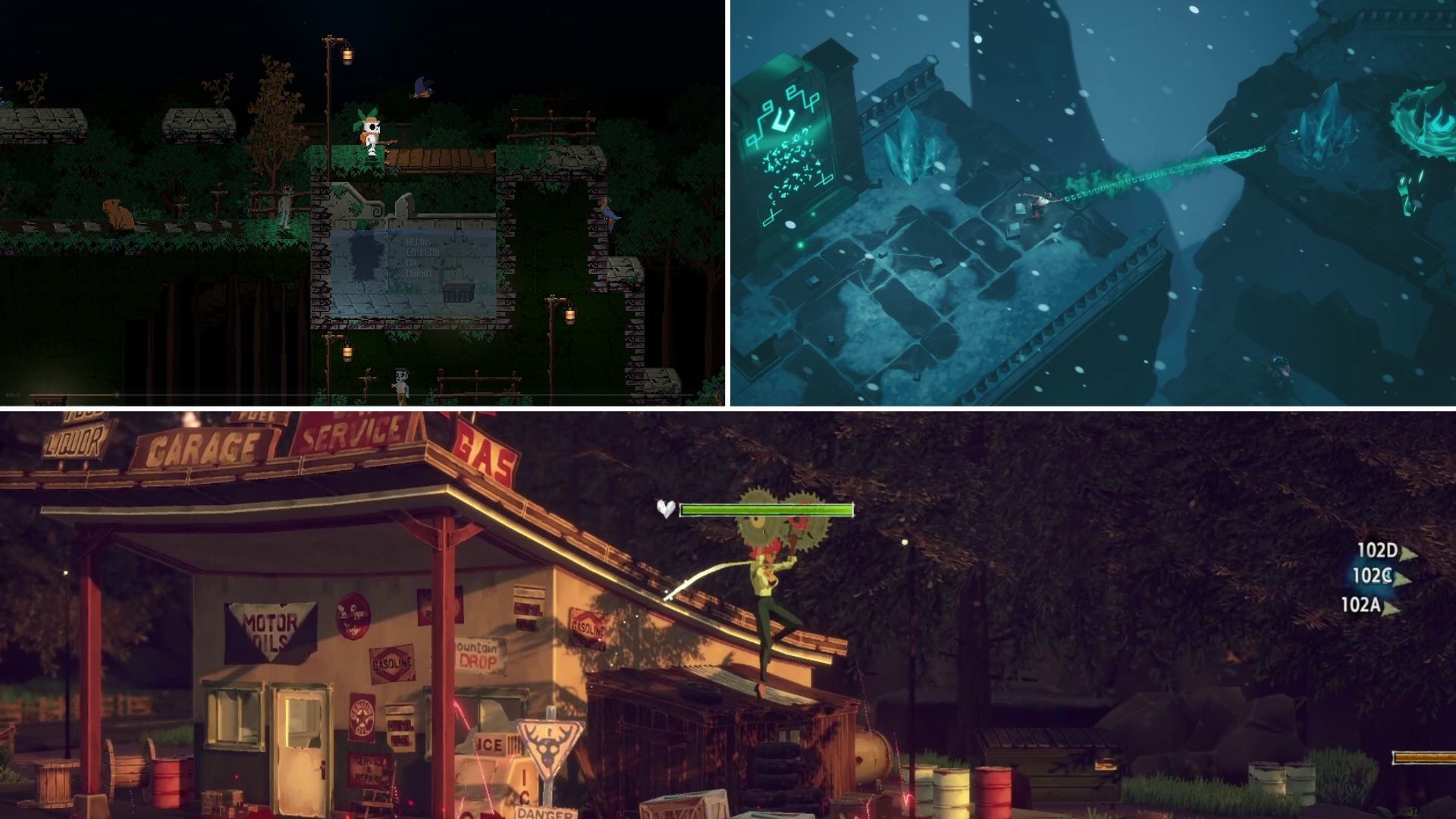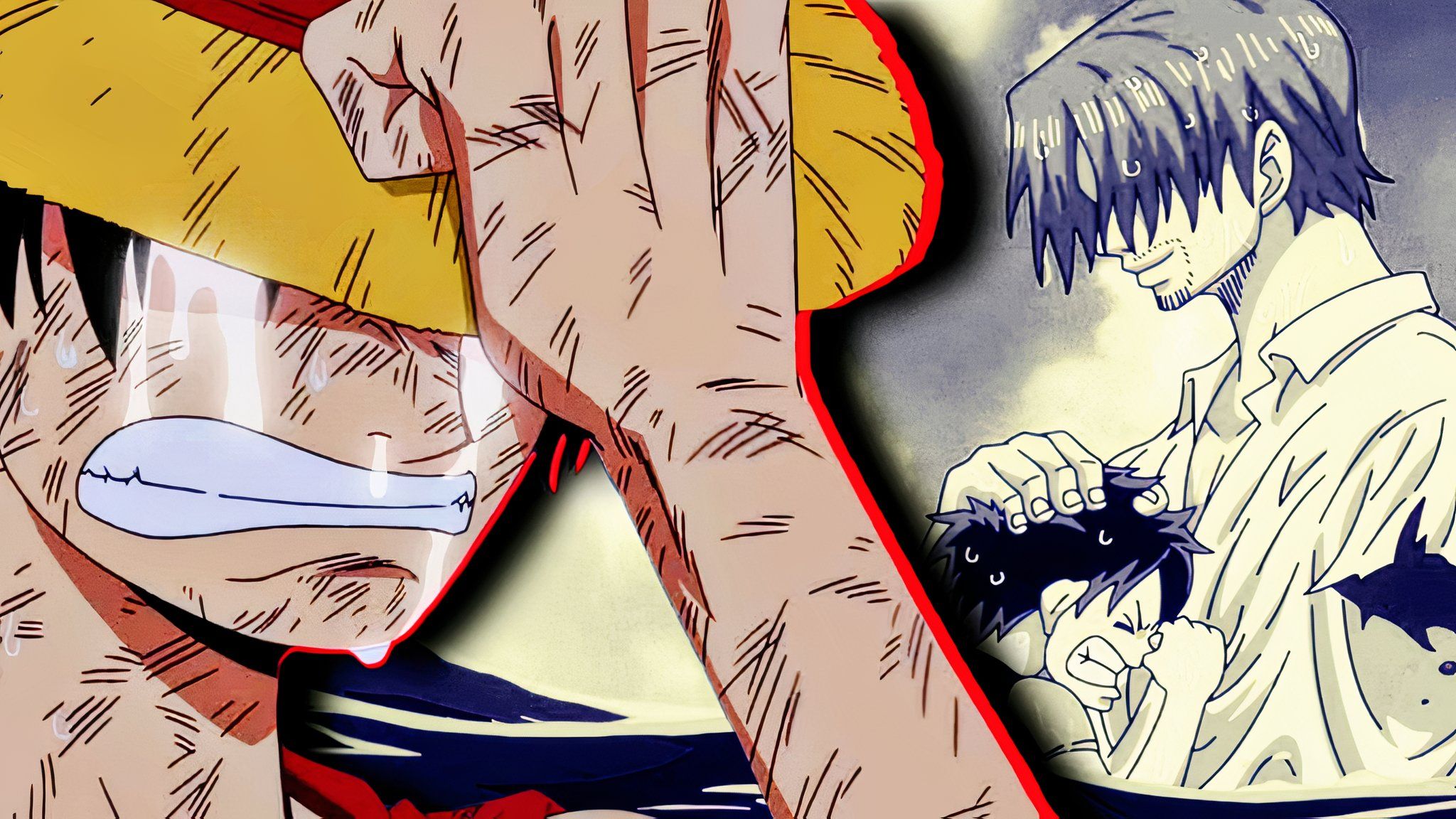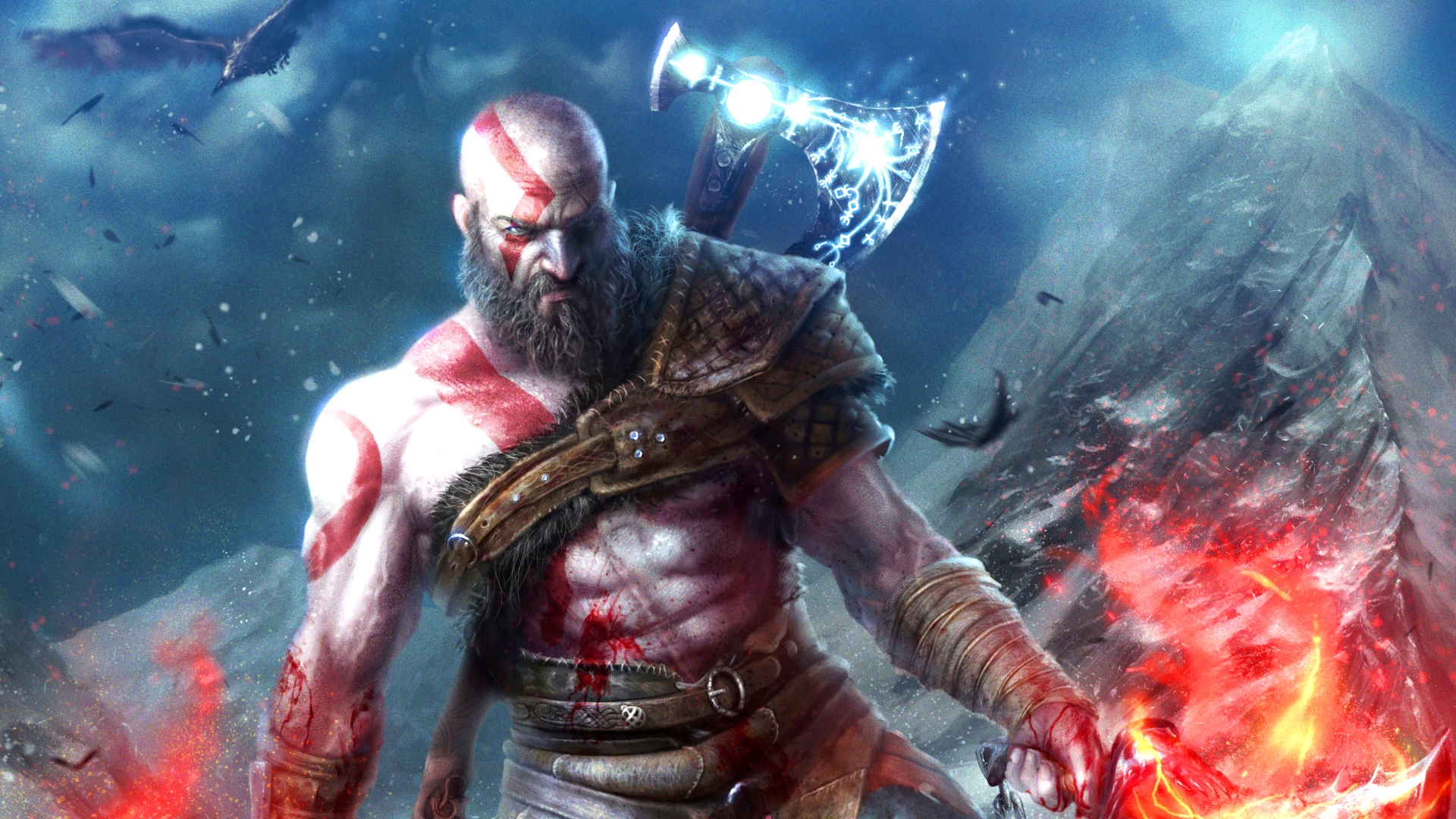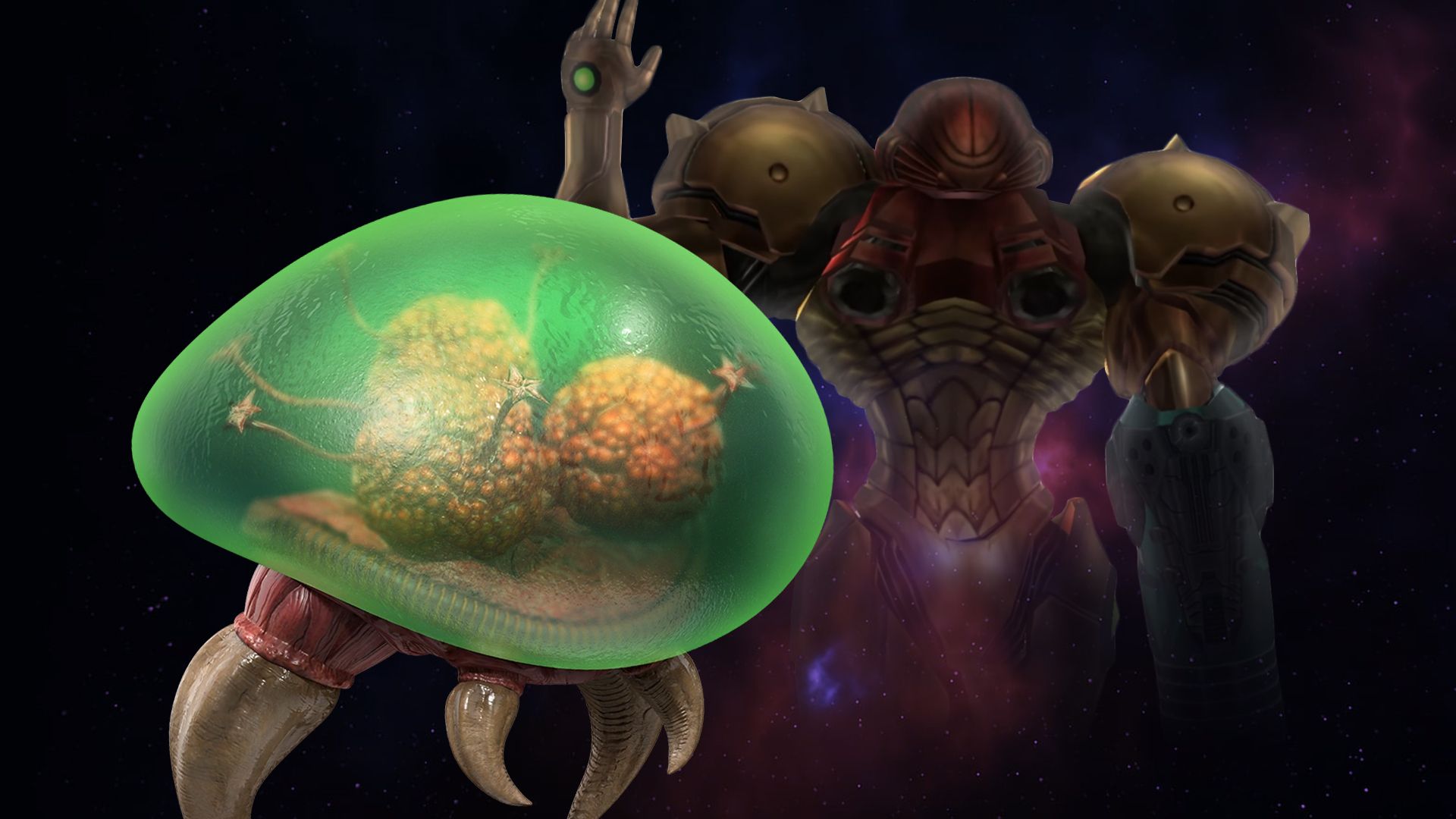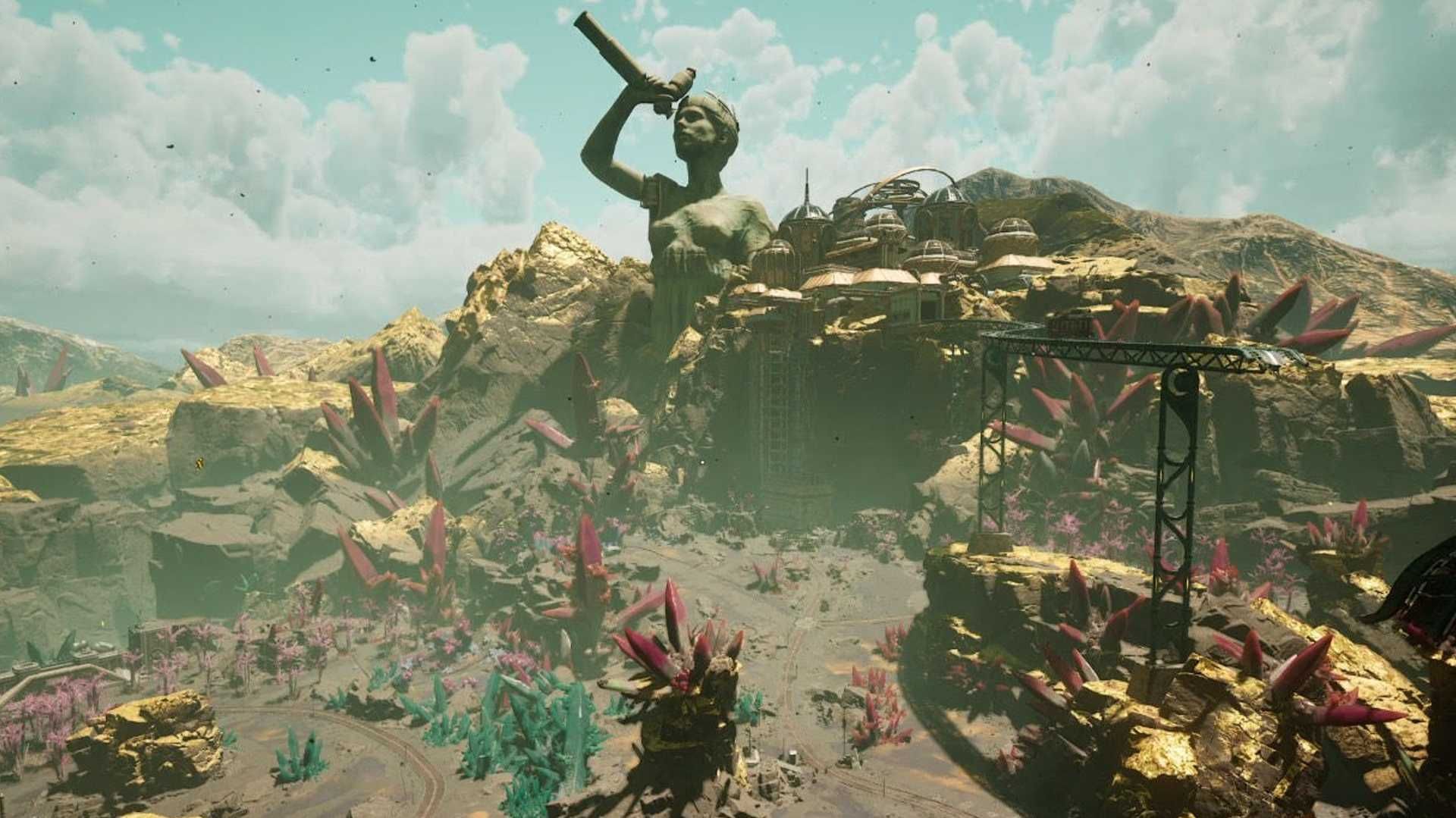Overwatch 2 Just Teased Another New Hero For 2026
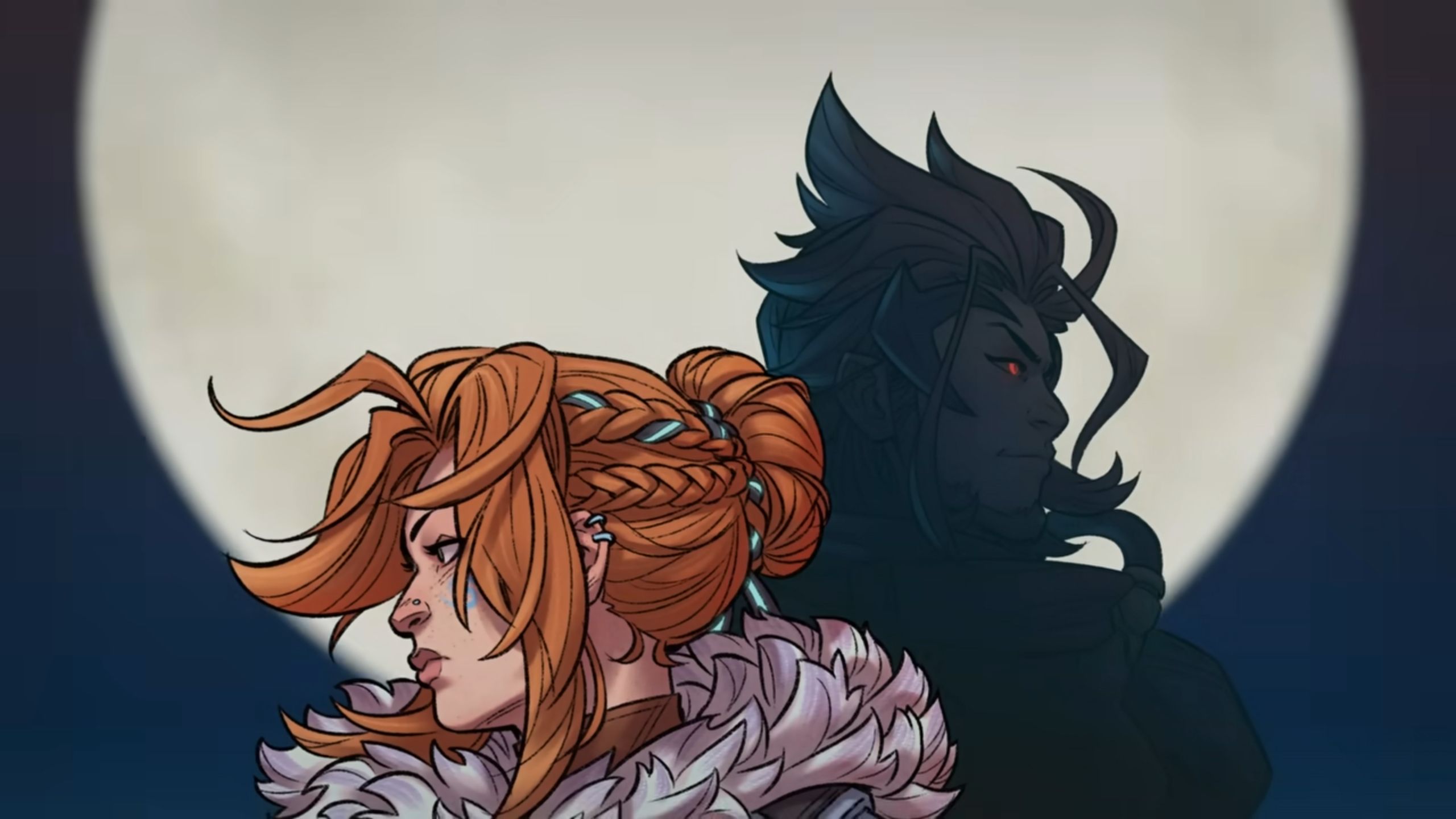
After a long absence, fans recently saw Emre Sarioglu again in the debut of Freja, the first new hero for Overwatch 2 in 2025. The reveal showed Talon leader Maximilien hiring a bounty hunter to locate Emre, who was a close colleague and friend during their time on the Overwatch search and rescue team.
